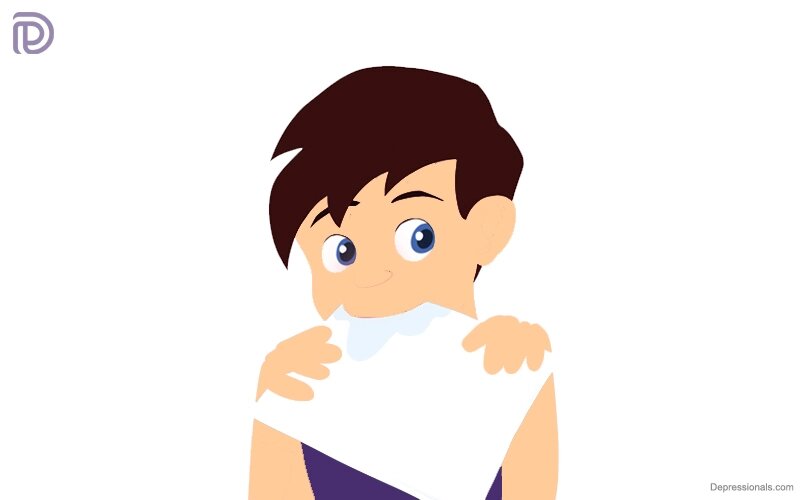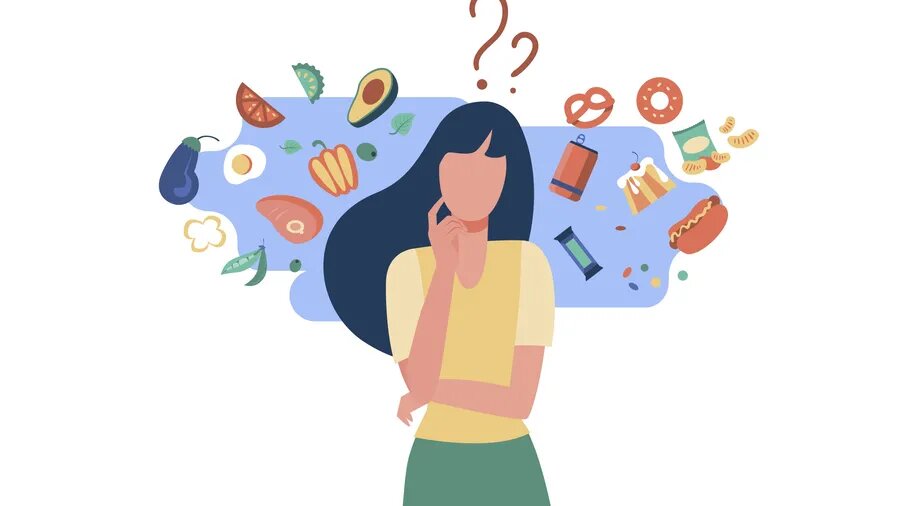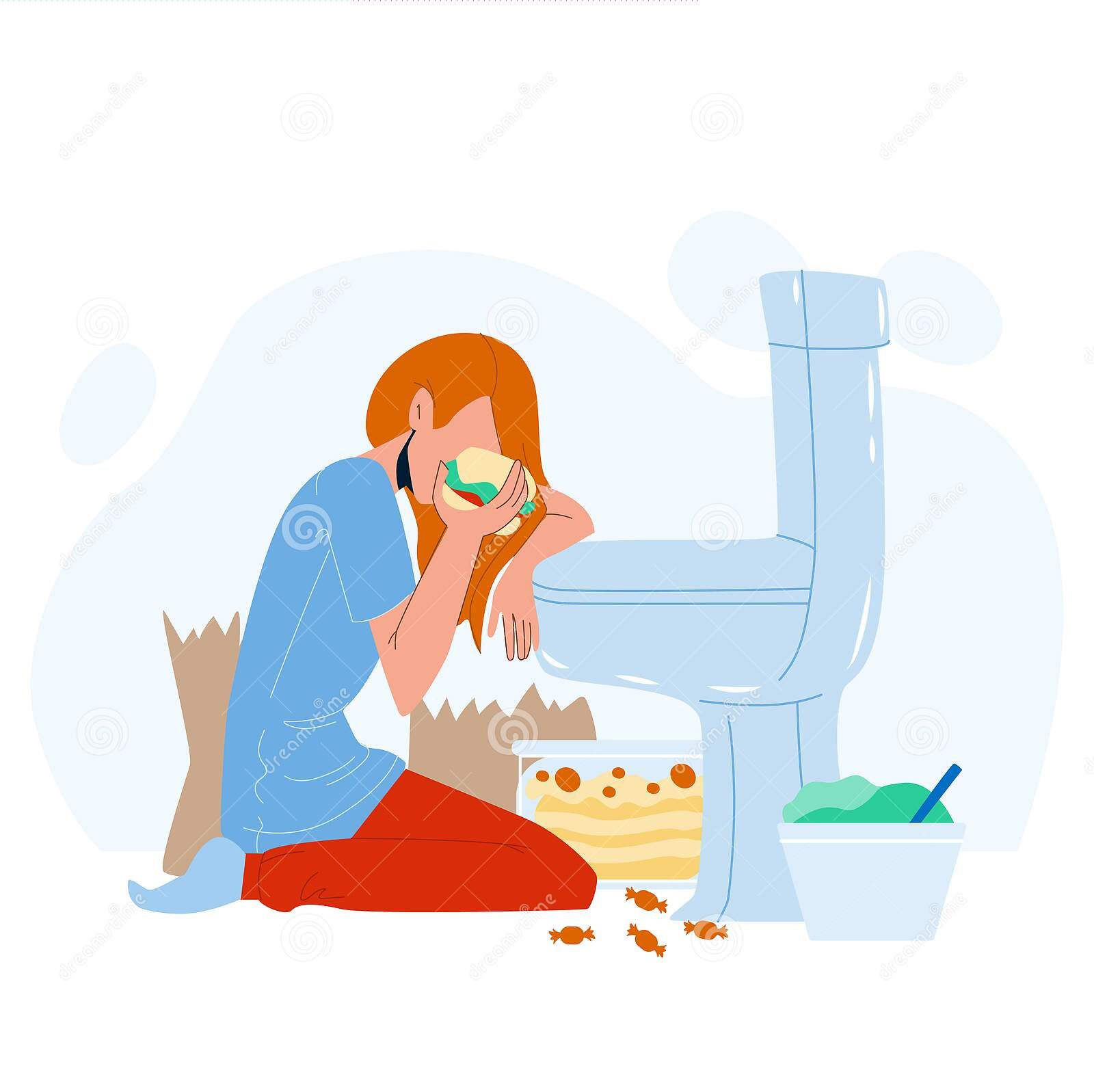A Quick Guide
Pica is a serious eating disorder characterized by the consumption of non-food substances, often observed in children, pregnant individuals, and those with intellectual disabilities. Recognizing pica involves identifying the consistent consumption of non-food items with no nutritional value. It can lead to various health complications, and early intervention is crucial. Factors contributing to pica include mental health conditions, medical conditions, and nutritional deficiencies, while prevention involves monitoring and addressing potential risks. Treatment may be challenging, particularly in individuals with developmental disabilities, and professional help should be sought.
Understanding Pica
Pica is a serious eating disorder in which a person may consistently eat substances with absolutely no nutritional value. At times, a person may eat harmless things like ice or it could be extremely harmful substances such as paint or metal pieces, etc. According to a study in the US, pica is present in 18.5% of children.
This condition may be temporary and is mostly observed in children and pregnant people. It may also be seen in people with intellectual disabilities especially those with severe developmental disabilities. According to research in the United States, Pica is present in 10% of the people who are mentally challenged.
If you have any concerns about your child consuming any non-food substances, get them checked by a doctor immediately, Early intervention in the case of pica can help them avoid potentially life-threatening side effects.
How to recognize Pica?
A way to recognize pica is that these people may consistently eat non-food substances that have no nutritional value. The majority of those with Pica prefer a certain type of non-food substance that they prefer to consume. Some of the common non-food items include the following:
- Ash
- Baby powder
- Buttons
- Chalk
- Charcoal
- Cigarette ashes
- Clay
- Coffee grounds
- Dirt
- Eggshells
- Feces
- Glue
- Hair, string, or thread
- Ice
- Laundry starch
- Paint chips
- Paper
- Pebbles
- Pet food
- Sand
- Soap
- Wool or cloth
Watch: [What is Pica?]
Other Health Complication
Some of these non-food substances can be especially dangerous and can lead to severe health complications such as:
- Anemia
- Choking
- Constipation
- Electrolyte imbalance
- Intestinal blockages
- Irregular heart rhythms
- Lead poisoning
- Parasitic infections
What causes Pica?
There is no single determining cause of pica yet but there are certain factors that can lead to the potential development of this disorder. Some of these factors include the following:
Mental Health Conditions: People with a family history of mental health conditions such as OCD obsessive-compulsive disorder and schizophrenia may develop pica as a coping mechanism. Furthermore, while these disorders can be genetically acquired by one’s parents, they can also be due to some condition at birth due to pregnancy complications, and such.
Learn more about how OCD is related to Eating Disorders.
Medical Conditions: Those who may be pregnant or have sickle cell anemia which is an inherited blood disorder are more likely to experience pica.
Nutrition Deficiencies: In some cases, a person may have certain minerals or other deficiencies that one’s body is trying to replenish. Some of the common deficiencies include iron, calcium, zinc, and other nutrients.
Culturally acceptable behaviors: Sometimes people could even like and crave the flavors or textures of specific non-food substances. It’s acceptable to eat clay in some cultures. This type of pica is termed geophagia. There is a cultural example that frequently occurs in South African cities, where it is a widespread practice among young ladies.
Can Pica be prevented?
Even though there is no specific way to prevent pica, you can take some preventive measures like paying careful attention to whatever your child is putting in their mouth along with their eating habits. You may be able to catch the disorder before any serious health complications can occur.
While pica mostly occurs in children and usually lasts for a few months. It can be specifically difficult to treat in children with developmental disabilities since it can last for years. At times, pica may not go away on its own, especially if the cause is nutritional deficiencies, a person may require actual treatment in order to get better. The treatment plan can depend on a person as every person’s condition varies.
We hope you found this article useful in understanding more about pica, its symptoms, causes, and other complications this disorder can lead to.



 6 Common Types Of Eating Disorders Explained
6 Common Types Of Eating Disorders Explained  Understanding Avoidant/Restrictive Food Intake Disorder: Could selective intake be a problem?
Understanding Avoidant/Restrictive Food Intake Disorder: Could selective intake be a problem?  Understanding Bulimia Nervosa: Its Symptoms, Causes & Complications
Understanding Bulimia Nervosa: Its Symptoms, Causes & Complications